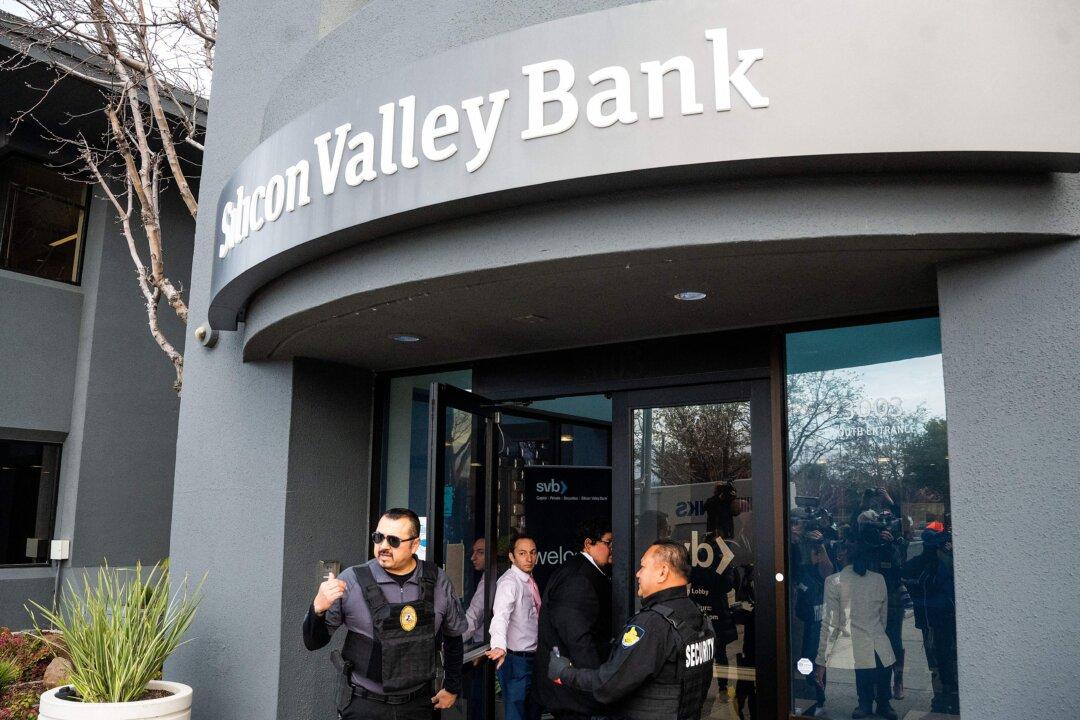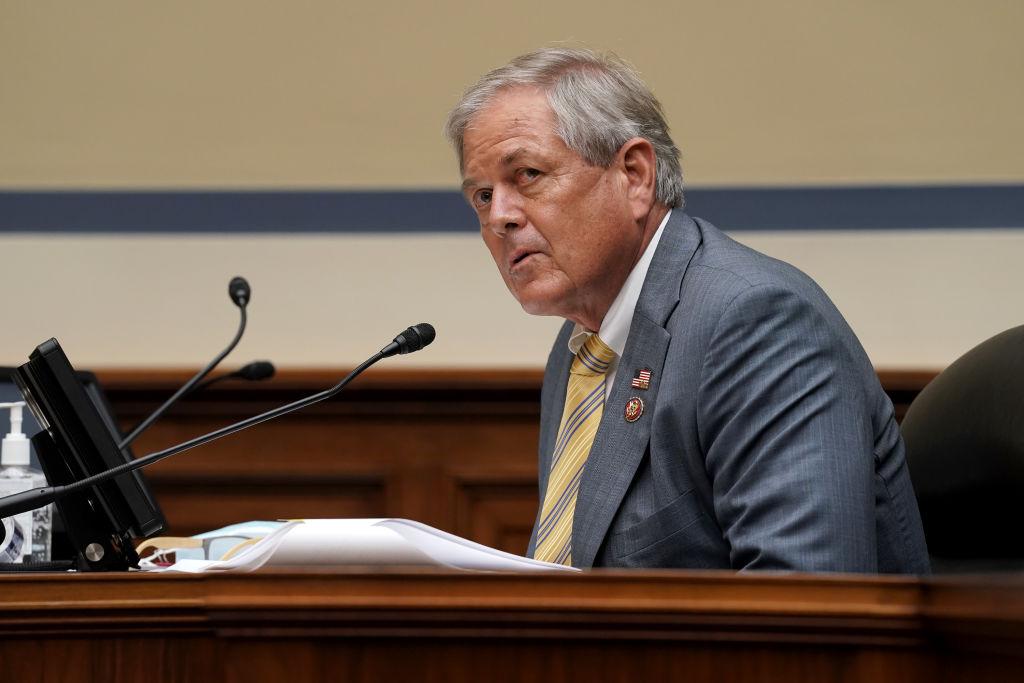The failures of Silicon Valley Bank (SVB), Silvergate, and Signature Bank last week served as stark reminders of the banking sector’s vulnerability to rising interest rates and a fragile U.S. economy. However, the overall health of community banks remains strong, according to a trade association representing the country’s smallest banks.
The Independent Community Bankers of America (ICBA) is seeking to distance itself from the recent wave of regional bank failures by arguing that its members’ business models are fundamentally different from those of failing banks and, therefore, don’t permit such risky exposures.




